Category: Nonfiction
Reviewed by: Peter Spasov
Title: The Next 500 Years: Engineering Life to Reach New Worlds
Author: Christopher E. Mason
NSS Amazon link for this book
Format: Hardcover, Kindle
Pages: 296
Publisher: The MIT Press
Date: April 2021
Retail Price: $29.95/$18.99
ISBN: 978-0262044400
According to Christopher Mason, we have a moral duty to engineer life because we are the only extinction-aware species—so far. Now, Mason, a professor of genomics and principal investigator for numerous NASA missions, shows us how.
Mason begins with an astronaut physiology study, during which Scott Kelly inhabited the ISS for a year while his twin brother, Mark, remained on Earth. Next, the author asks us to visualize the future and our relationship with other species, and how we now have the knowledge and tools to do so.
Subsequent chapters cover a ten phase program spanning 2010 to 2500, the first beginning with an overview of genomics, including significant facts relevant to space travel. For example, Himalayan Sherpas are already better adapted to living at higher altitudes. And during 2015, a researcher demonstrated sequencing DNA in zero gravity.
By the mid-2030s, ideally, we will be able to get human boots on Mars. Hence the preliminary engineering of genomes might include additional radiation resilience, possibly using genes from elephants and/or tardigrades (colloquially known as water bears). Here Mason illustrates the basics of gene editing using CRISPR, an acronym for clustered regularly interspaced short palindromic repeats. Plus there are ways and means to induce enzymes to work in our favor. This section also covers ethical and other issues.
A section describes the conditions astronauts may encounter and provides a detailed genetic framework for radiation protection. And with a new kind of CRISPR delivery system using nanocapsules, one could possibly engineer organisms to survive the Martian environment.
The next phase explores various possibilities such as giving humans the ability to photosynthesize, as plants already do. With sufficient modification, such a human could sit under sunlight as their lunch break instead of eating. Mason also examines exowombs as possibilities for reproduction. Could this be the basis for what science fiction has already imagined: the sending of eggs and sperm in small spacecraft to settle planets in distant stellar systems?
By 2150 synthetic biology should advance, for instance, to reduce the high frequency of skin rashes and overall skin hypersensitivity currently experienced by astronauts in space. Such advances may also create new forms of DNA and combat space-based bacteria. Our current experience with bacteria in the ISS has shown increased virulence and greater resistance to antibiotics. Further, this biotechnology can add enhancements such as a human ability to see infrared light, a useful feature in the outer solar system.
With additional tweaking, people could internally synthesize more amino acids and other essential molecules, such as vitamin C, thus reducing the need for certain food sources. However, modifying our biochemical pathways can have detrimental consequences when environmental conditions change. Mason writes: As with anything in life, the question will eventually come down to: “What is lost for a specific gain?”
By 2250, people may be sending ships to exoplanets. Hence suitable biotechnologies include hibernation to alleviate life-support resources and crew stress. Without hibernation, one must consider the ethical considerations of using generation ships to reach the stars. Additionally, extensive production of food and medication would be a necessity. Currently, astronauts use twenty three types of medication, on average.
Mason discusses species modification such as the directed evolution of a wild fox species to become tamer like dogs. As well, modifications to some ligaments attached to the skull can better adapt humans to different gravity conditions as required. Topics range from artificial intelligence to moral philosophy. As Mason notes, one philosopher argues that some human meat eaters are practising racism at the species level.
When humans venture to other stars, they will need to plan for trade and autonomy between systems. The current drive to maximize profits over the short term with cheap devices must instead shift to maximizing over the long-term to produce durable products capable of handling extremes across multiple planets. Next-day shipping is impossible, except by 3D printing, possibly with reclaimable bio-based materials.
Next, the author further promotes humans as a guardian species. Then he describes conditions of the far future, such as slower Earth rotation. Alas, Mason’s discussion of the universe’s expansion contains one error that I noted.
Although generally comprehendible, this book may, in some sections, cause some readers to struggle with ‘nome’ words such as transcriptome, proteome, epigenome, and epitranscriptome. The overall tone is highly optimistic and would appeal to the “just do it” sentiment. Although Mason mentions ethics periodically, he might warn more against dystopian possibilities such as a dictator-engineered compliant population, or the possible influence of a rebellious biohacker culture.
The Next 500 Years is Mason’s first book, one containing several illustrations, extensive references and index. This comprehensive work will definitely appeal to those interested in becoming a spacefaring society. Instead of focusing on space-technology hardware, Mason shows us how to change those who will settle space.
© 2021 Peter Spasov
Please use the NSS Amazon Link for all your book and other purchases. It helps NSS and does not cost you a cent! Bookmark this link for ALL your Amazon shopping!

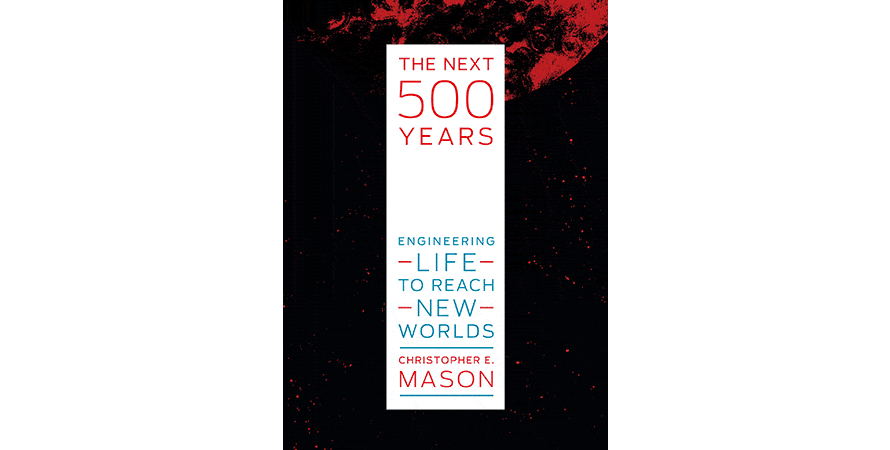
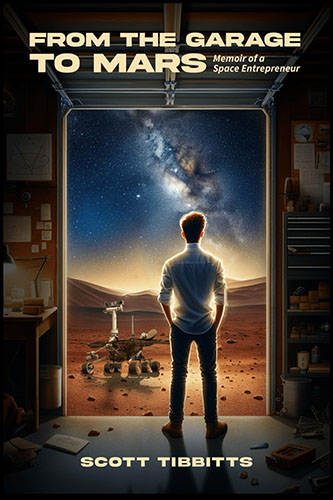
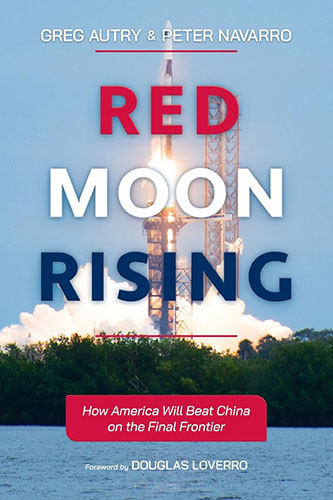
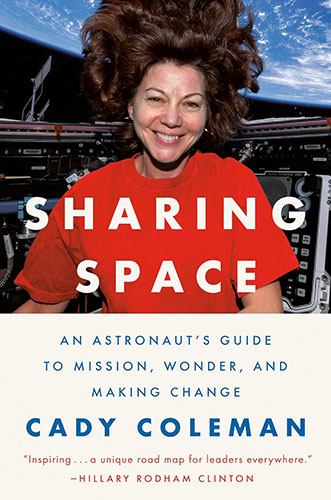
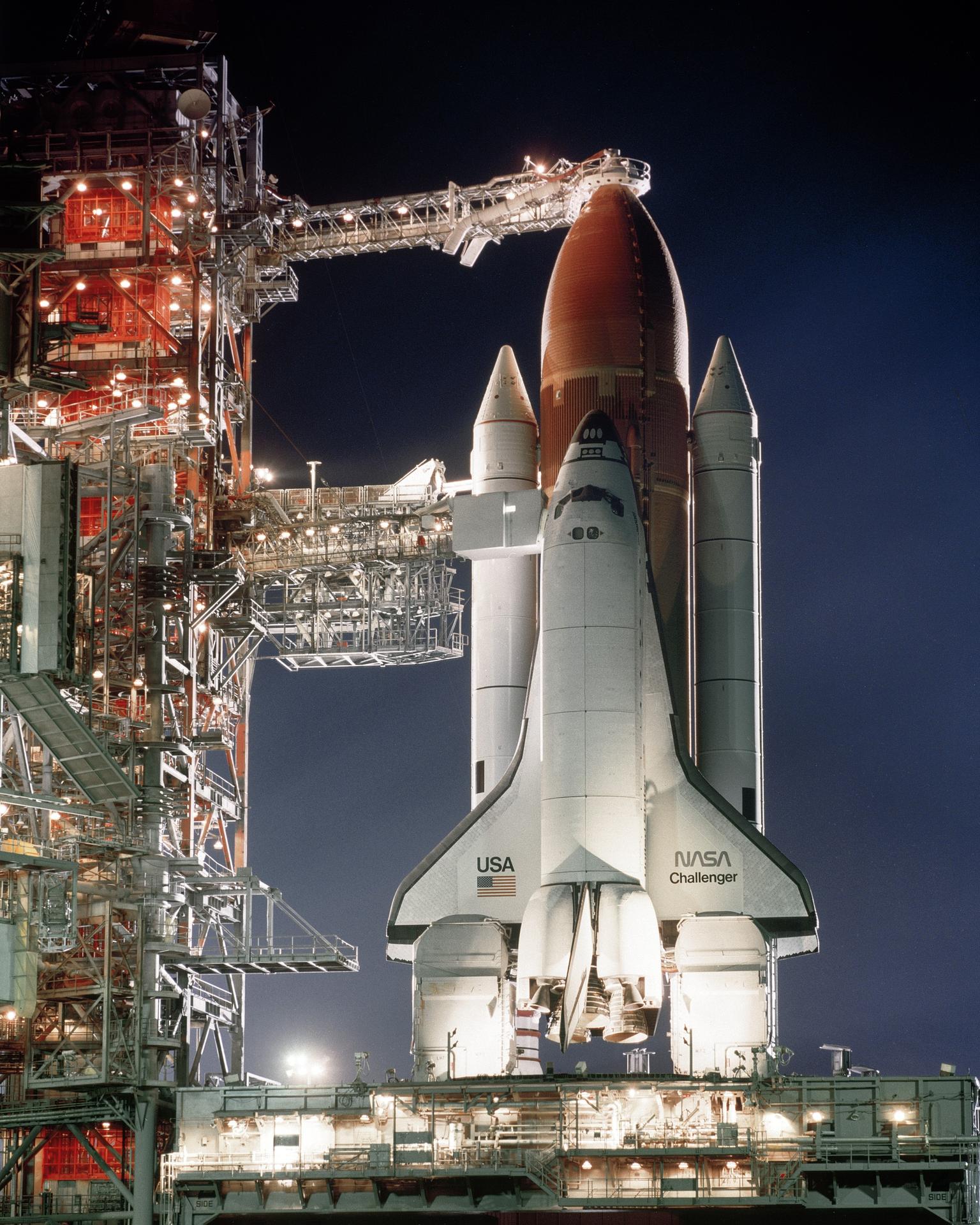
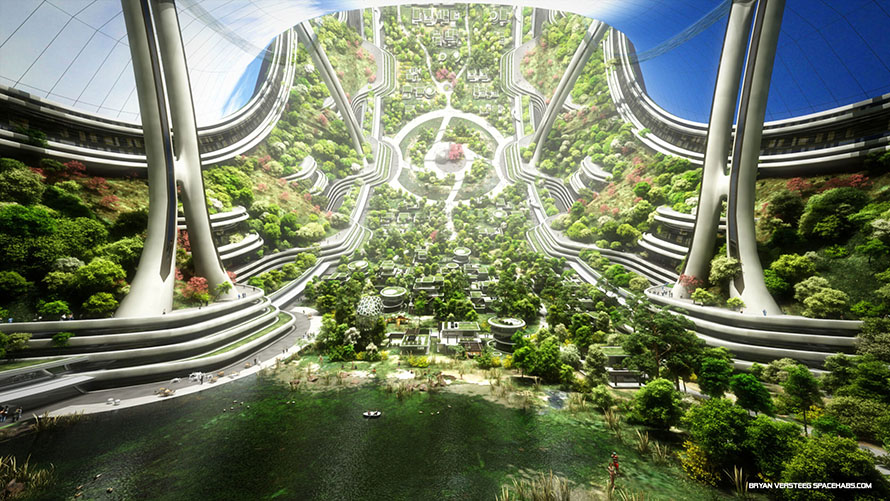
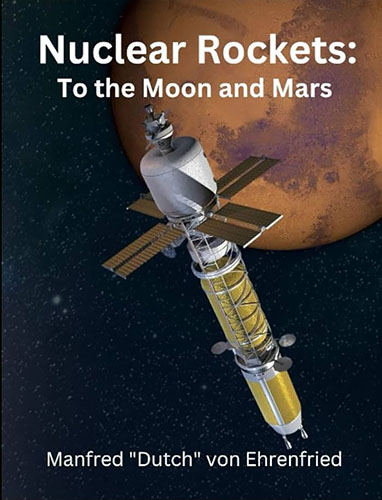
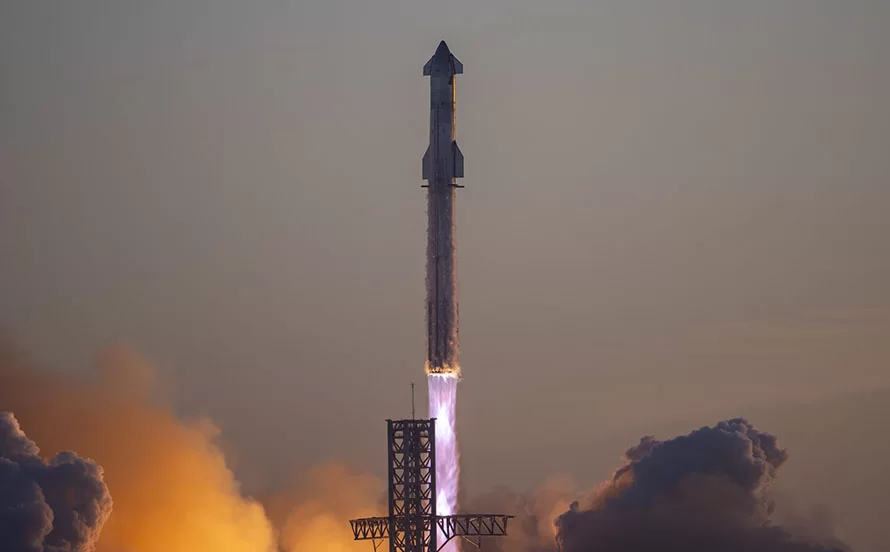
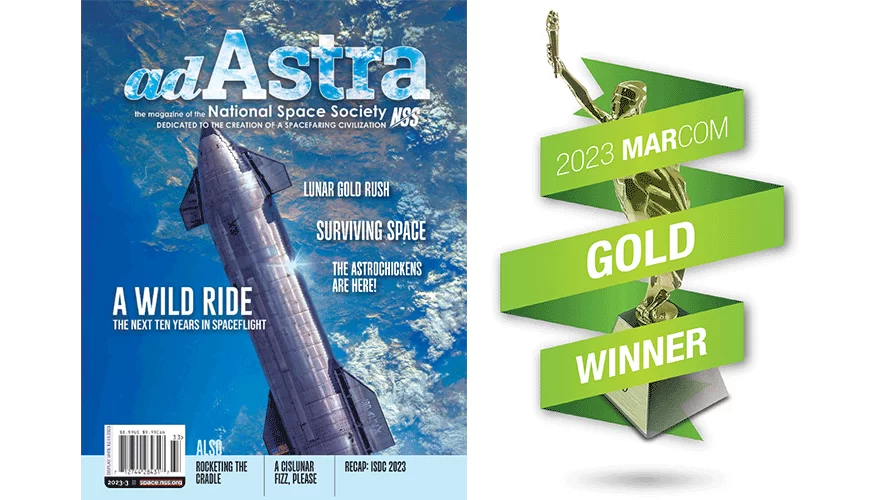
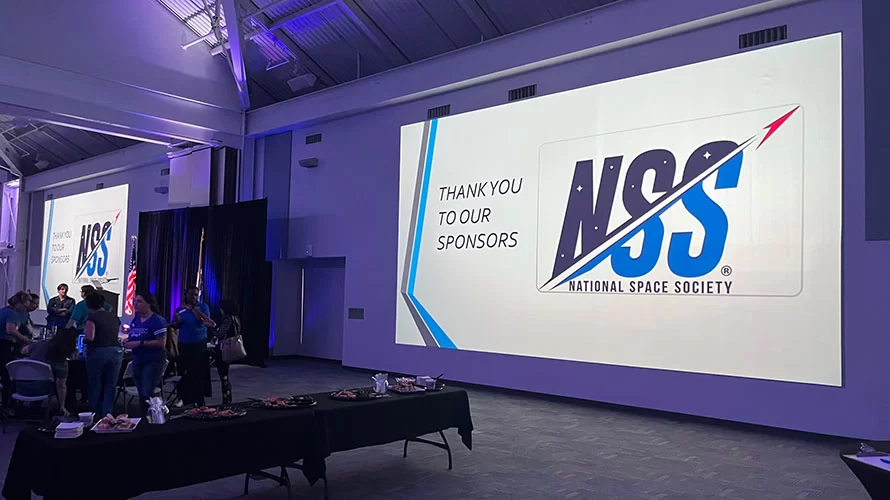
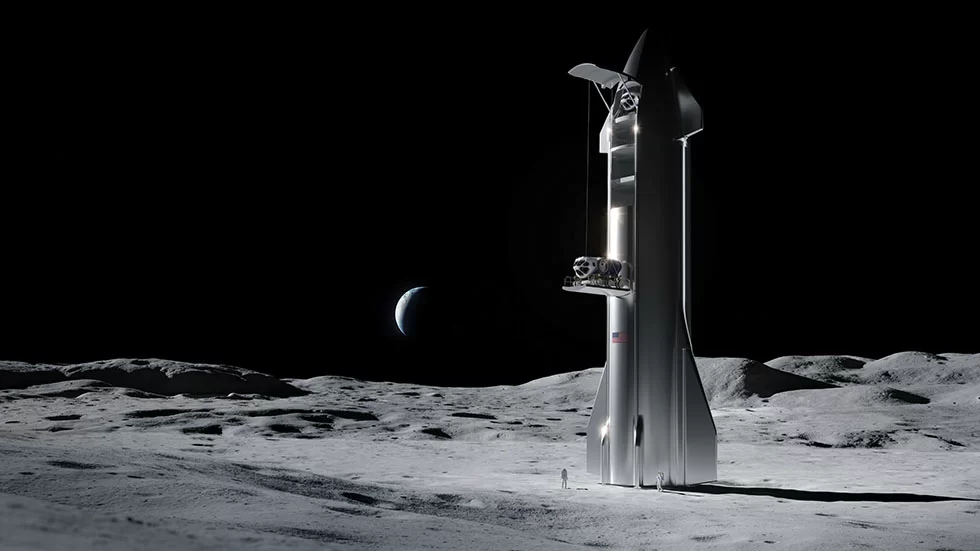
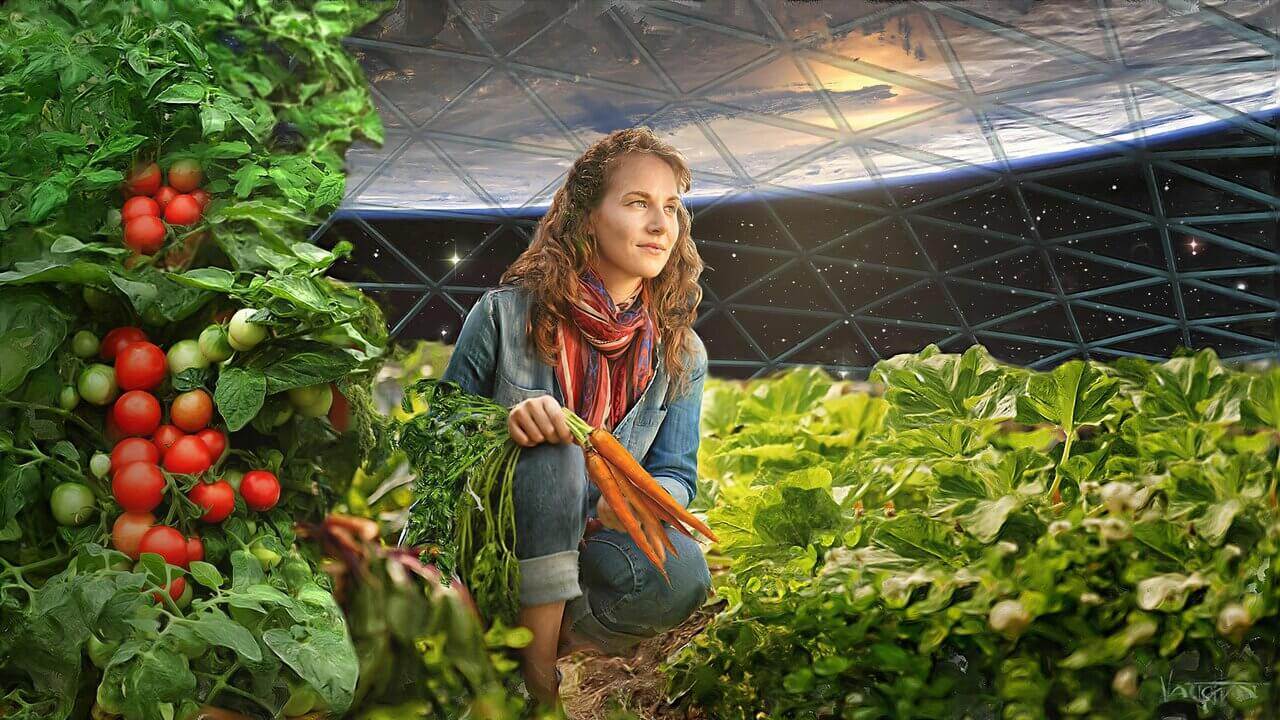
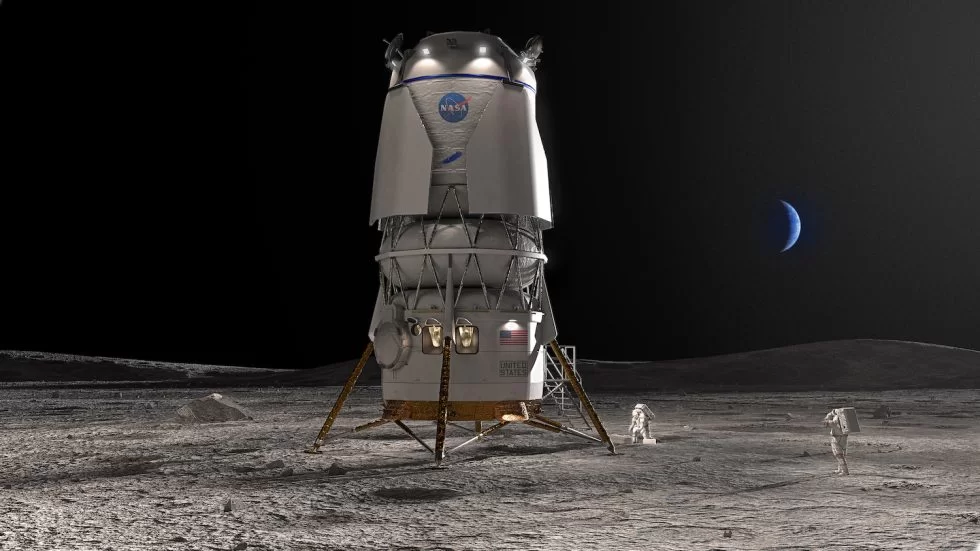
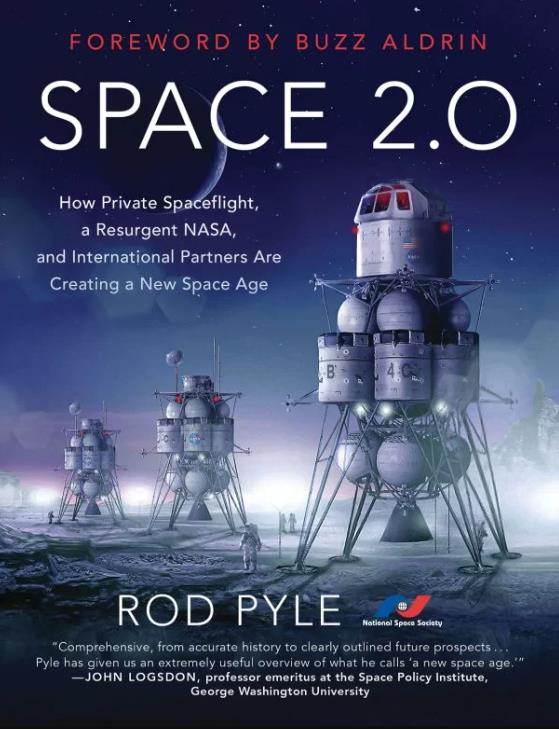
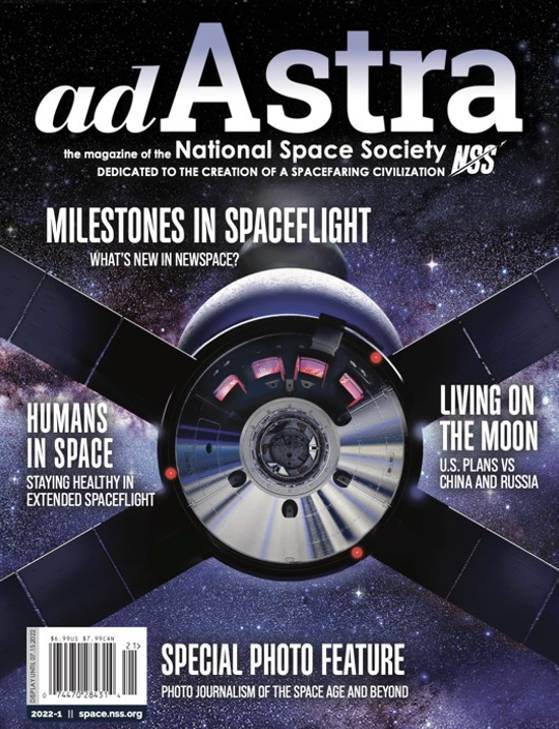
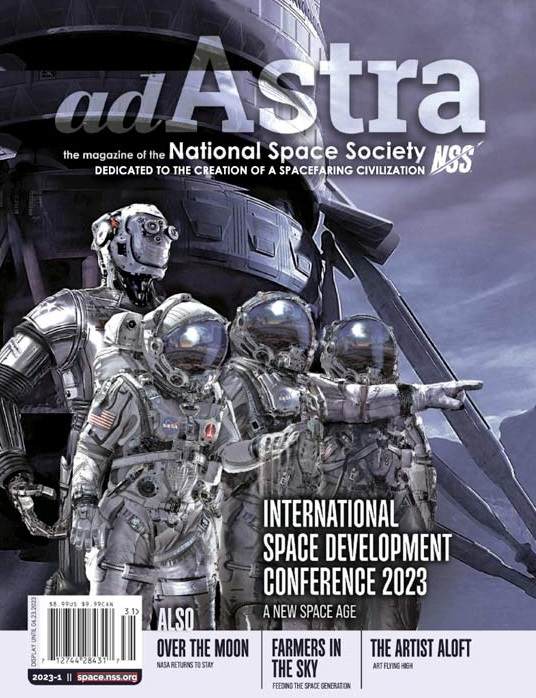


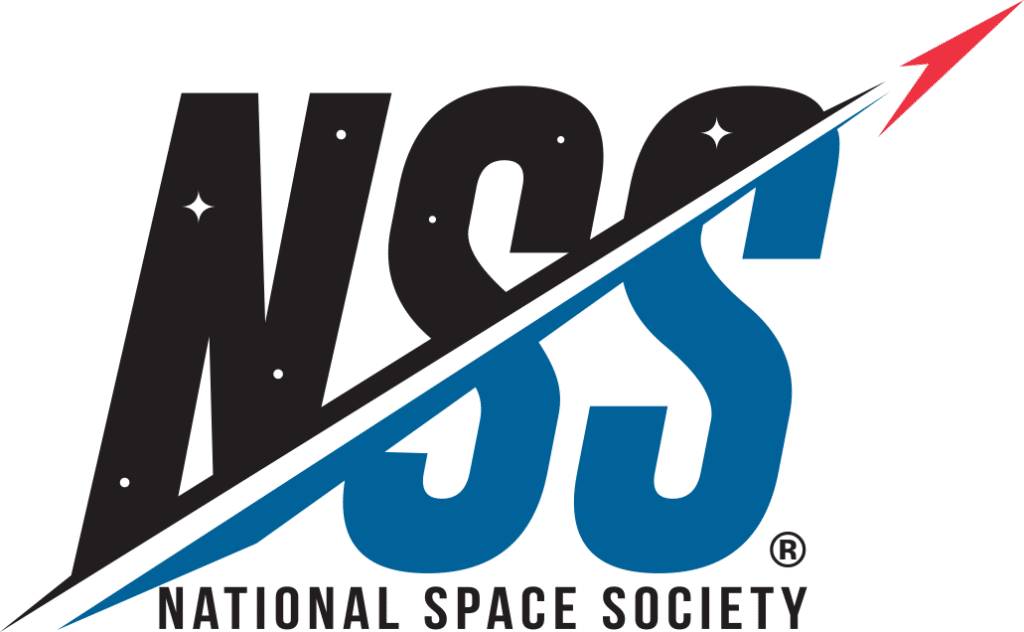
2 thoughts on “Book Review: The Next 500 Years”
A program like this would have be undertaken privately (by a small, well-funded foundation, perhaps), and done very, very quietly.
If it were to be a government program, then the short-term political horizons (always another election, coming up!), guarantees that a 500-year project would never survive.
And if it were done openly, the hypercompetitive news media would just love get a “scoop”, to “expose” something or other, about the project, and maybe score a Pulitzer, in the bargain.
Too, power-hungry politicians would likewise try to exploit such a project, when done openly, if they thought it would give them political advantage.
That said, if this project could be done, privately and quietly, it might just be worth doing.
The author of this book is, at best, trying to open up the wrong end of the box. The one thing NOT to be modified are human beings. This book, and those like it, are telling everybody on earth that YOU, your children, your grandchildren and their descendants are NOT good enough to go into space for more than a brief trip as they are now, without genetic modification. This is no way to drum up public support for a space program. If pushed too hard, such ideas could KILL whatever chance the human race has of ever getting into space in the first place. Do not forget what made both the space colony (1970’s) and the “Star Trek” (1960’s -on) memes so popular – people could see THEMSELVES, their children and their grandchildren, living and working in space like normal human beings; in space colonies in the near-term and even serving on a star ship in the more distant future. Also many people, including me, are terrified of playing God with humanity, and the manifold dreadful abuses that would certainly arise from this. At the end of the book “Colonies in Space” by T.A. Heppenheimer, a passage from Ray Bradbury is quoted. One line from that passage is: “Because I want mankind to be very MUCH alive. But IMPROVE him? No. Hitler and Stalin tried to improve him out of existence.” (Sorry for the all caps, the words in the passage cited here were originally printed in all italics except for the two words in all caps, which were printed normally, I am doing what I can with this comment box formatting.) Even “Star Trek” had a strict ban on genetic engineering of human beings throughout its fictional universe. NSS should denounce bad ideas like genetically modifying people to go into space. Let us go into space as we are or not at all.